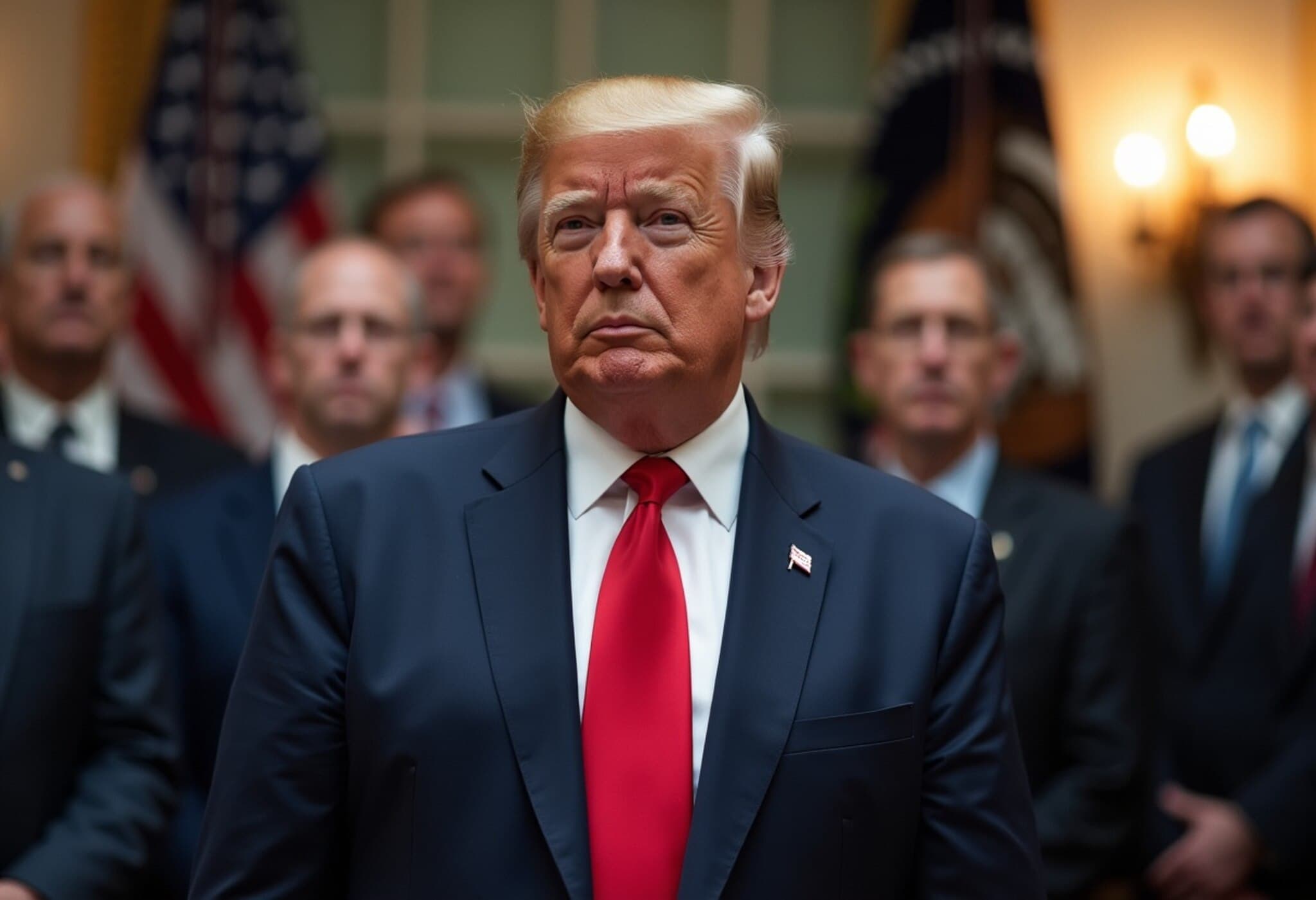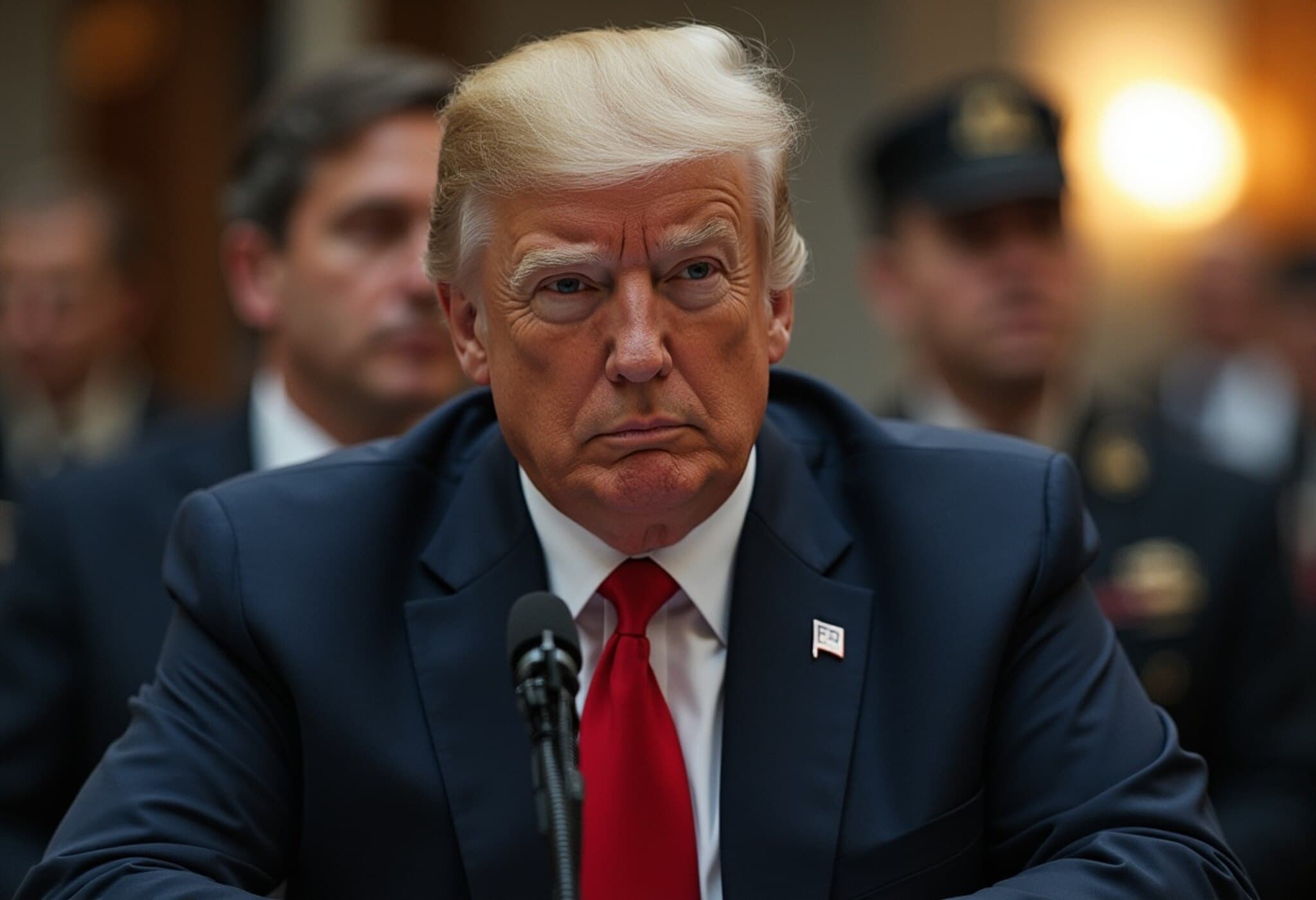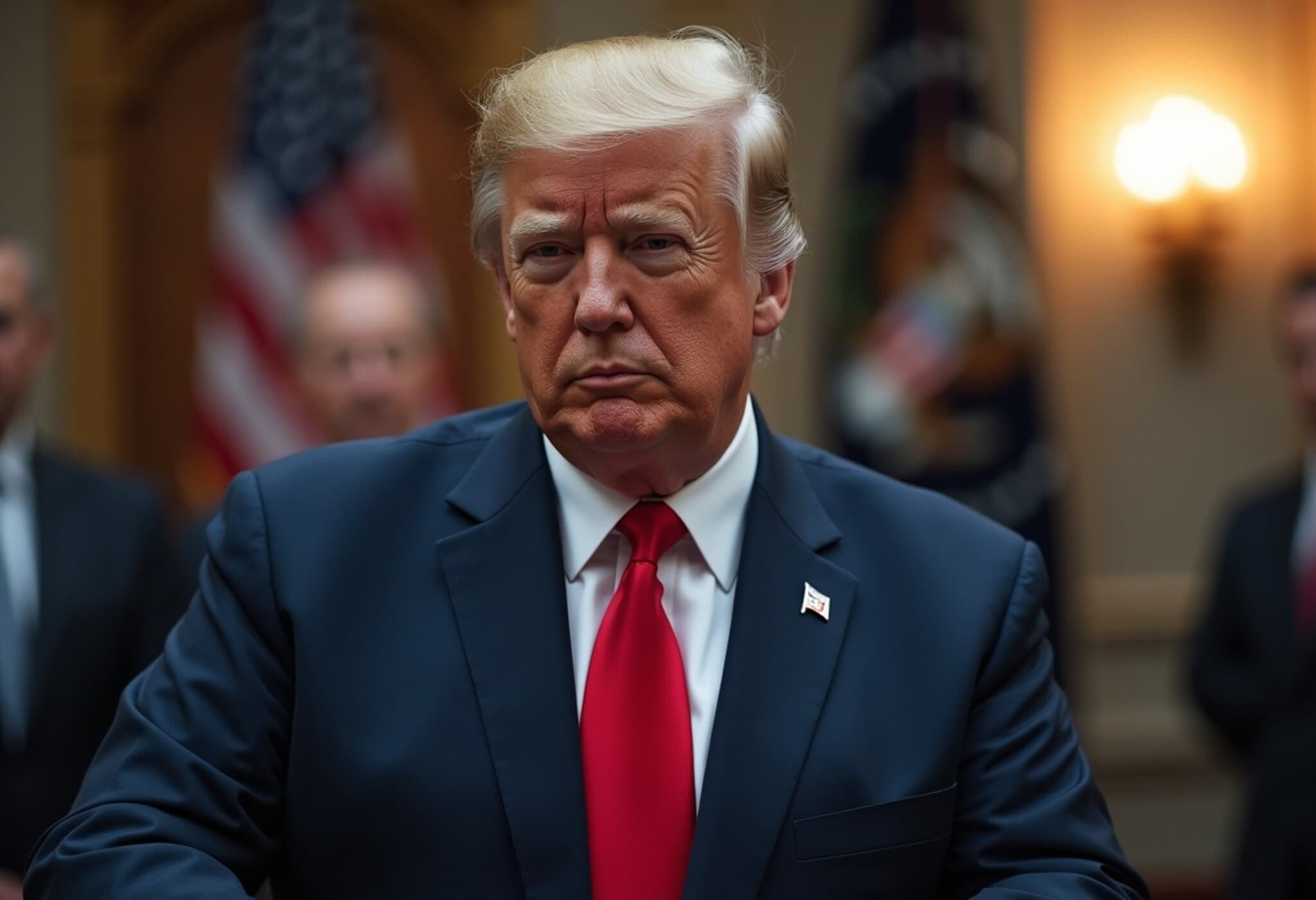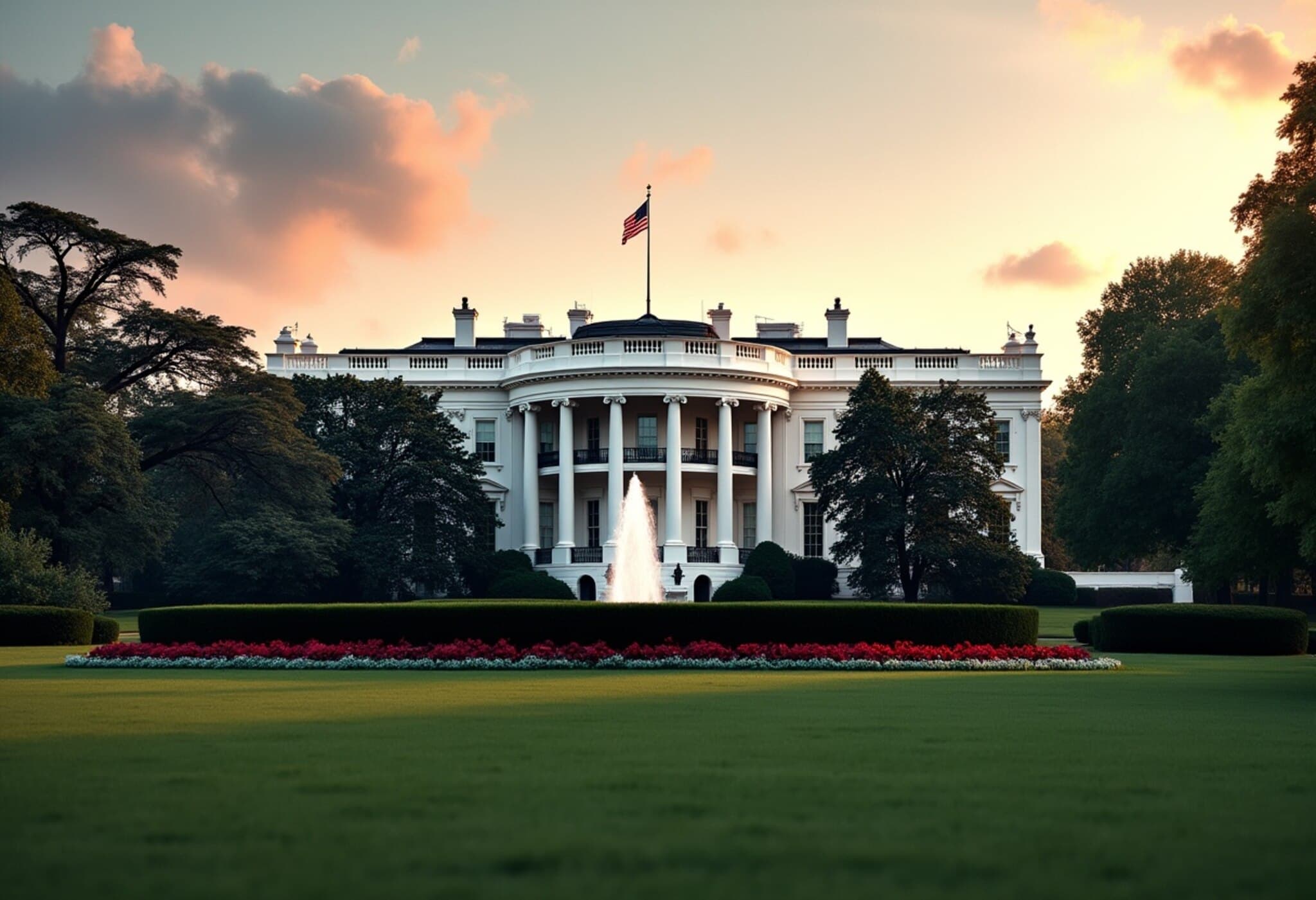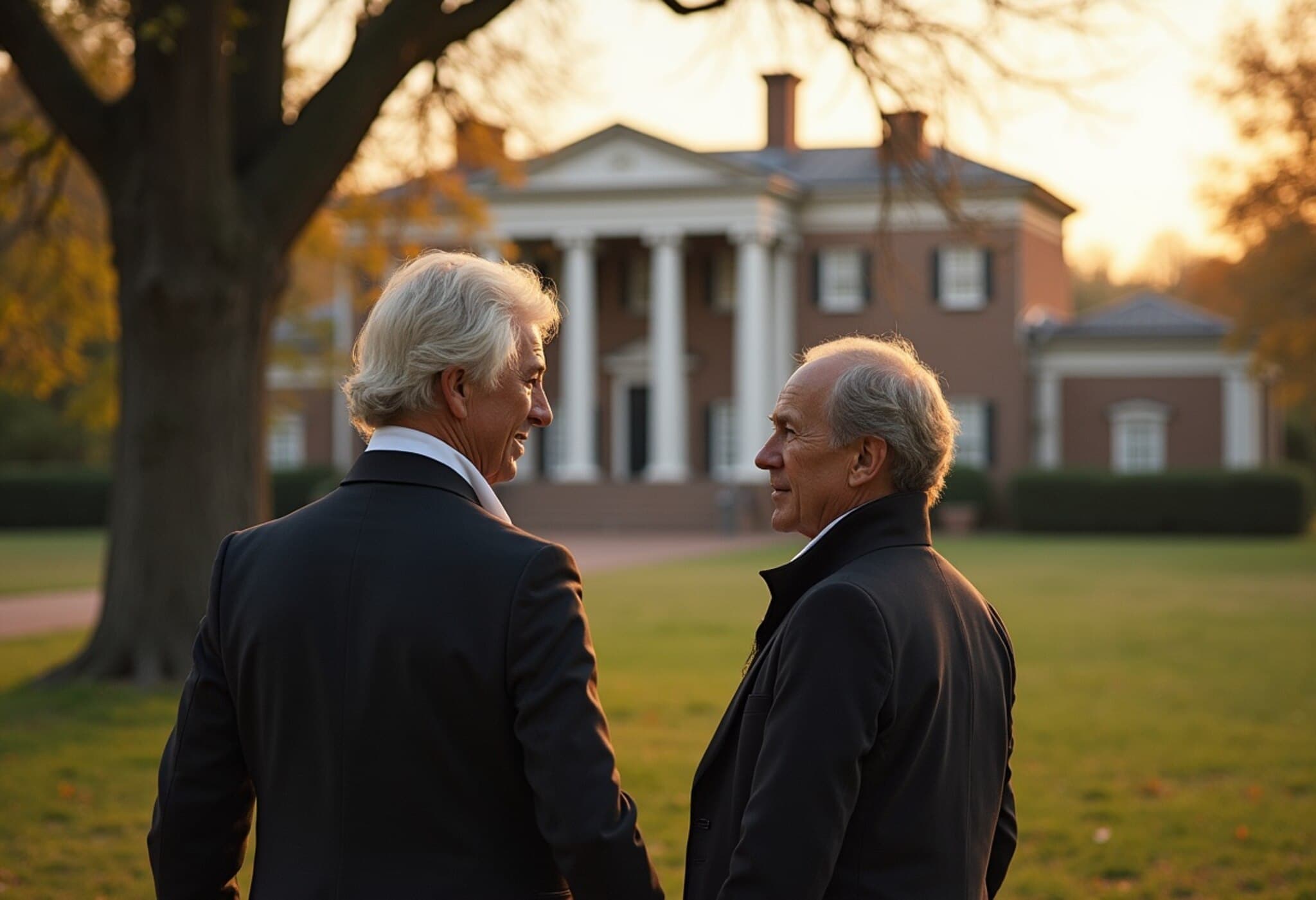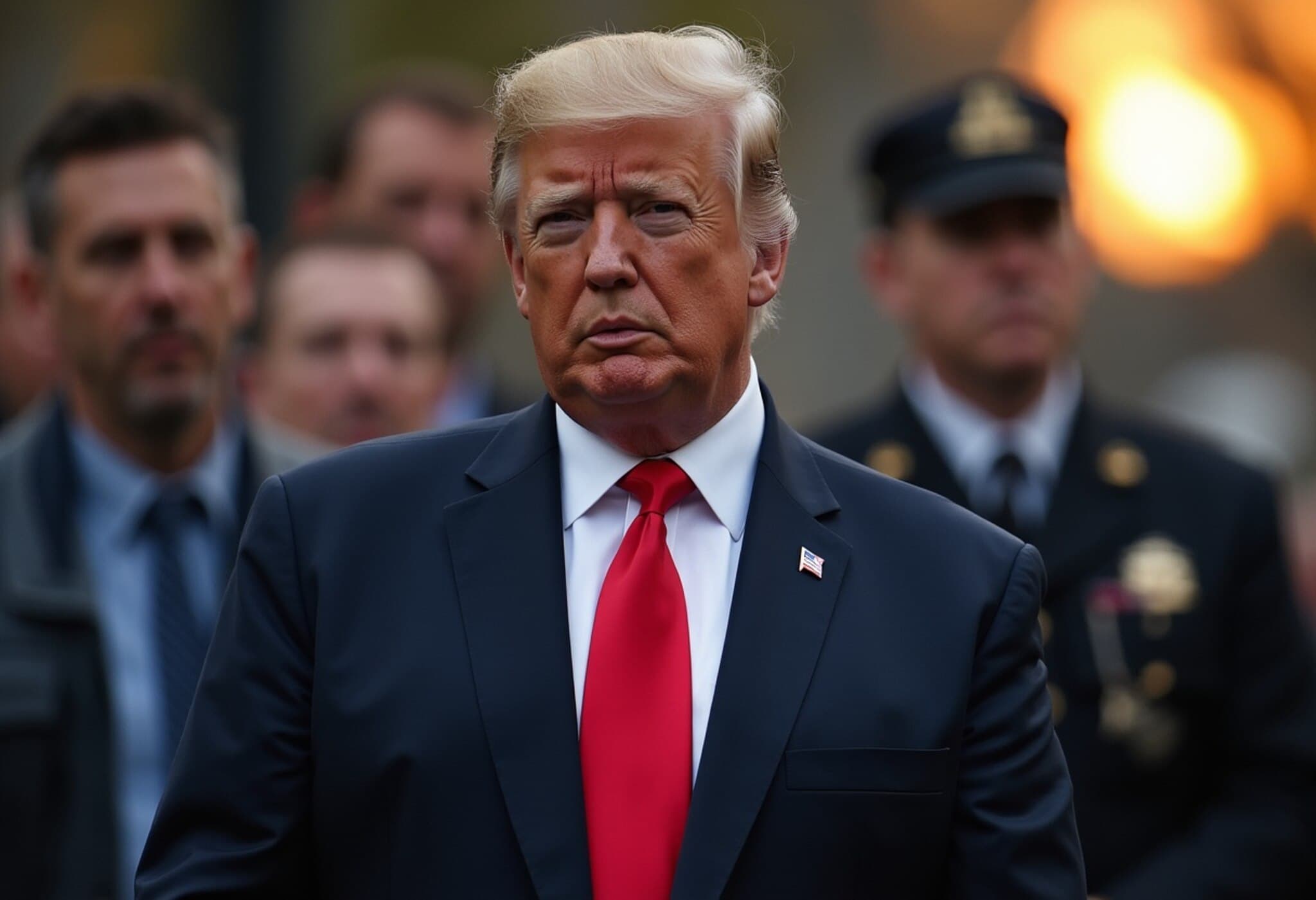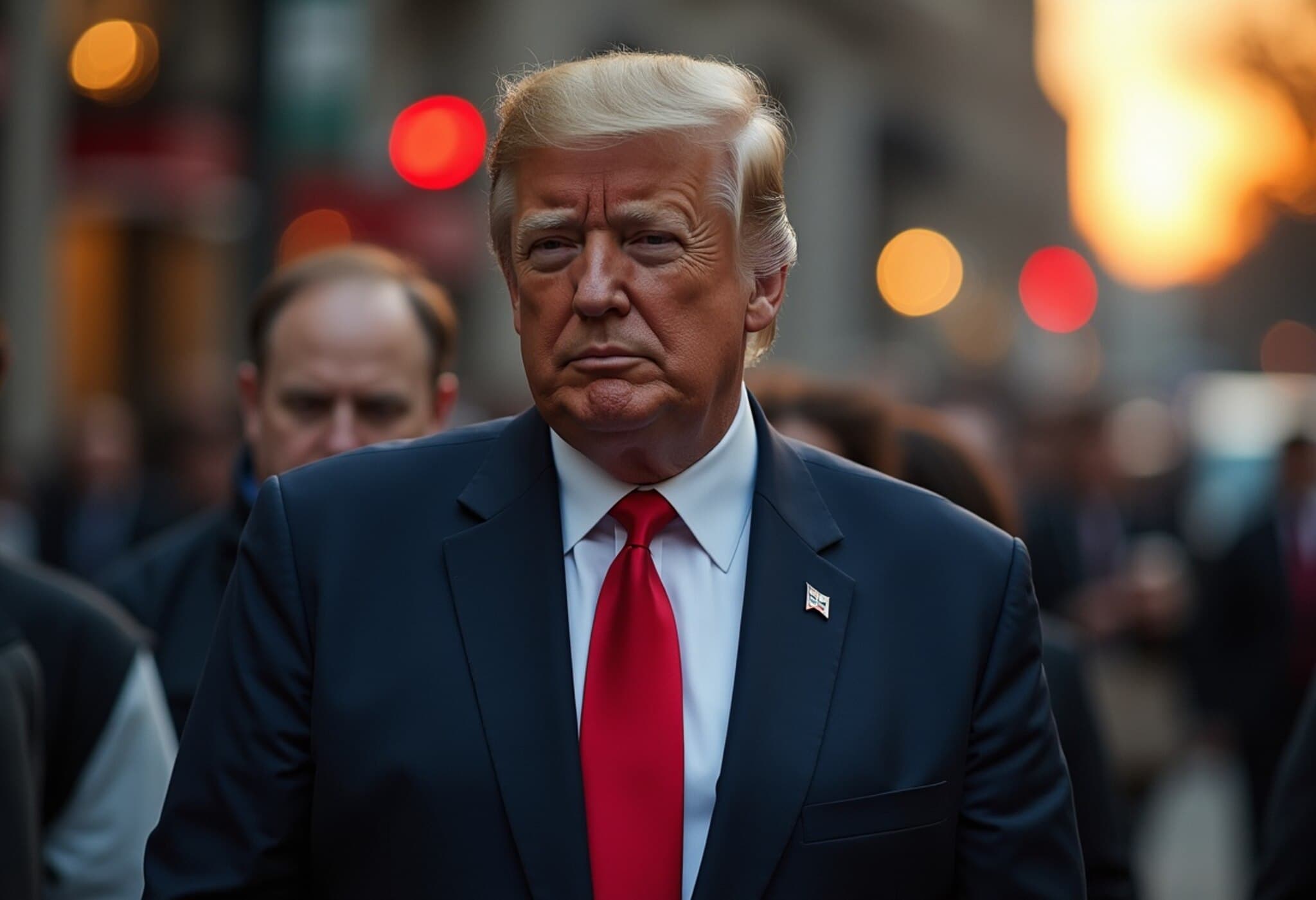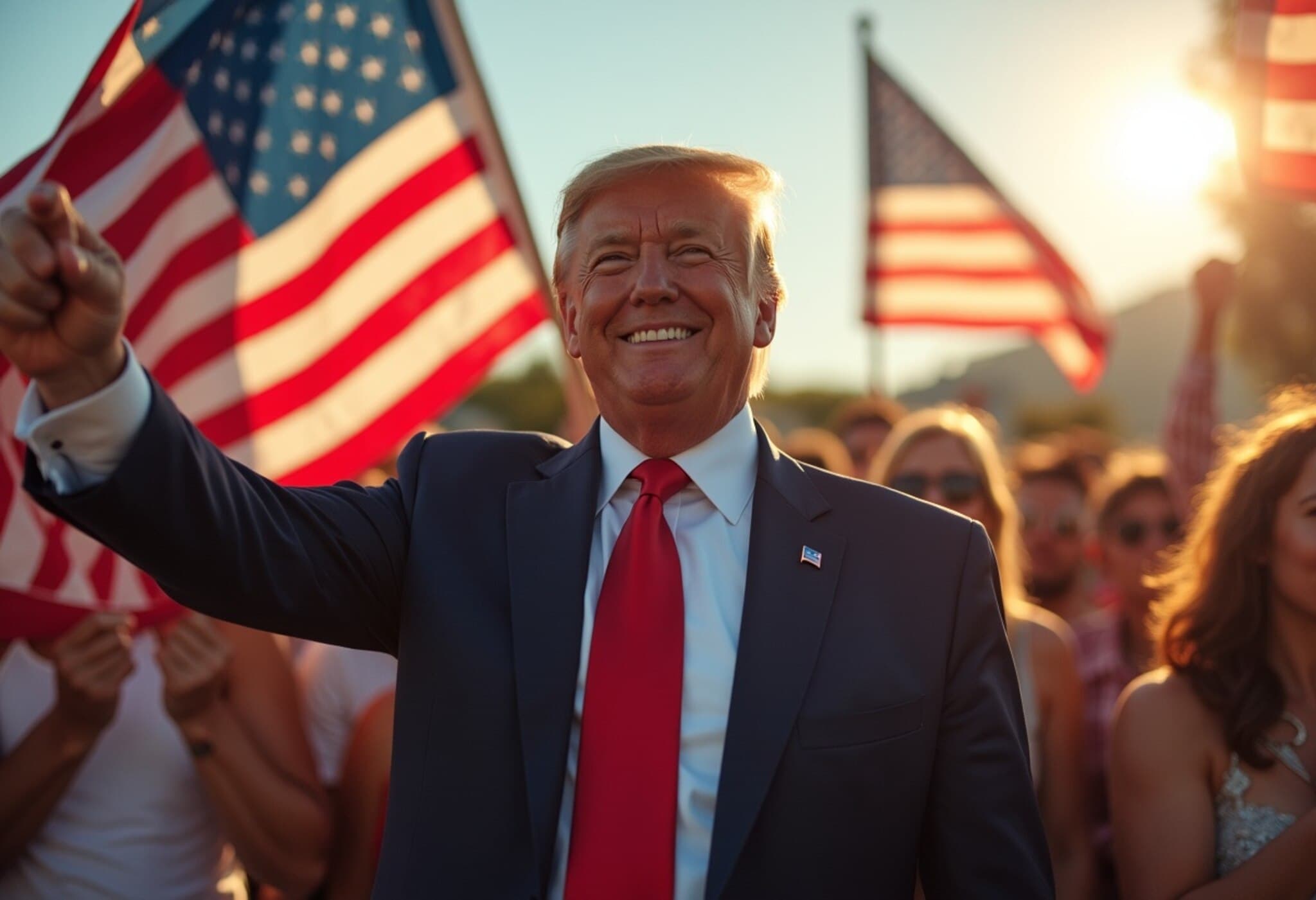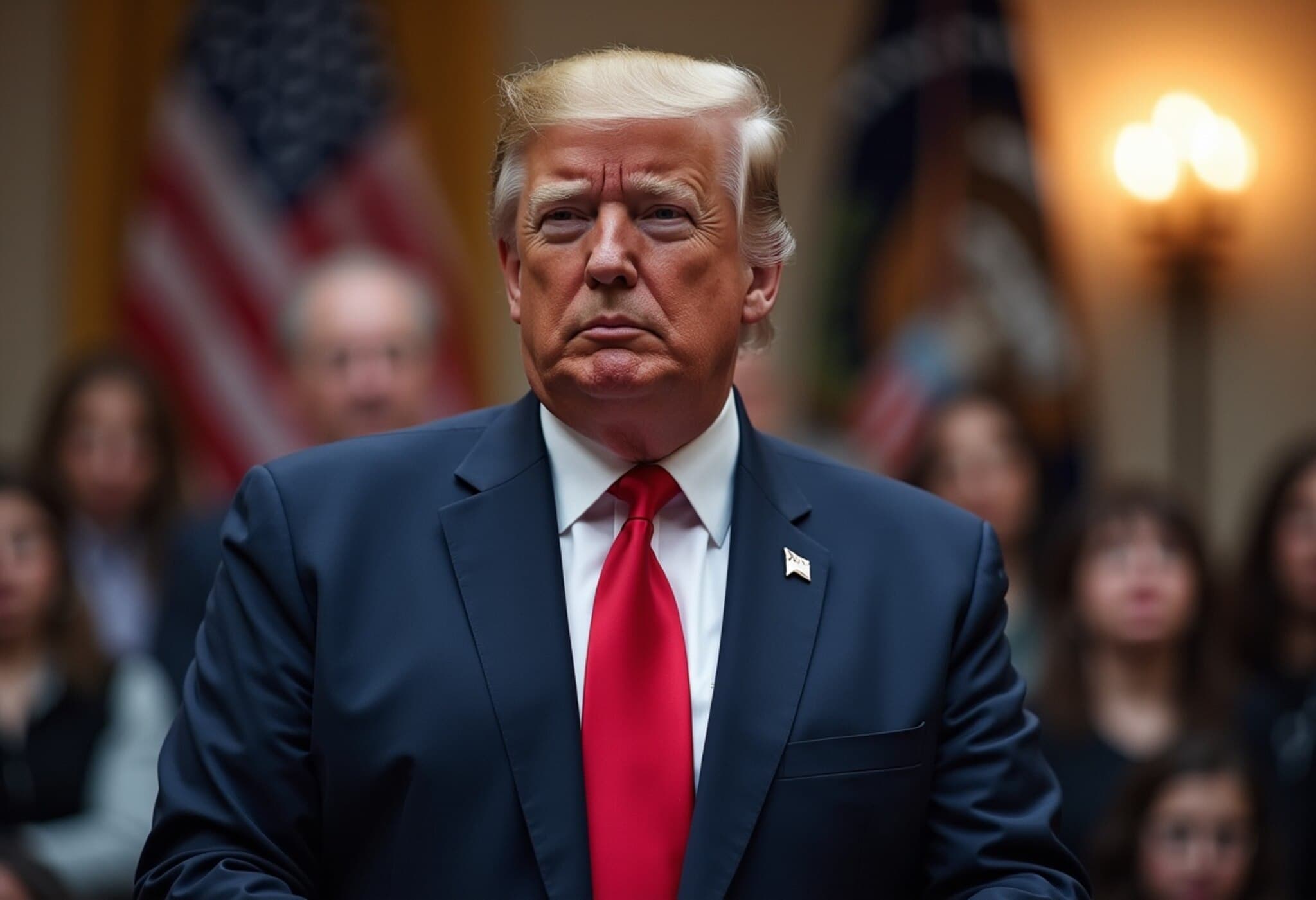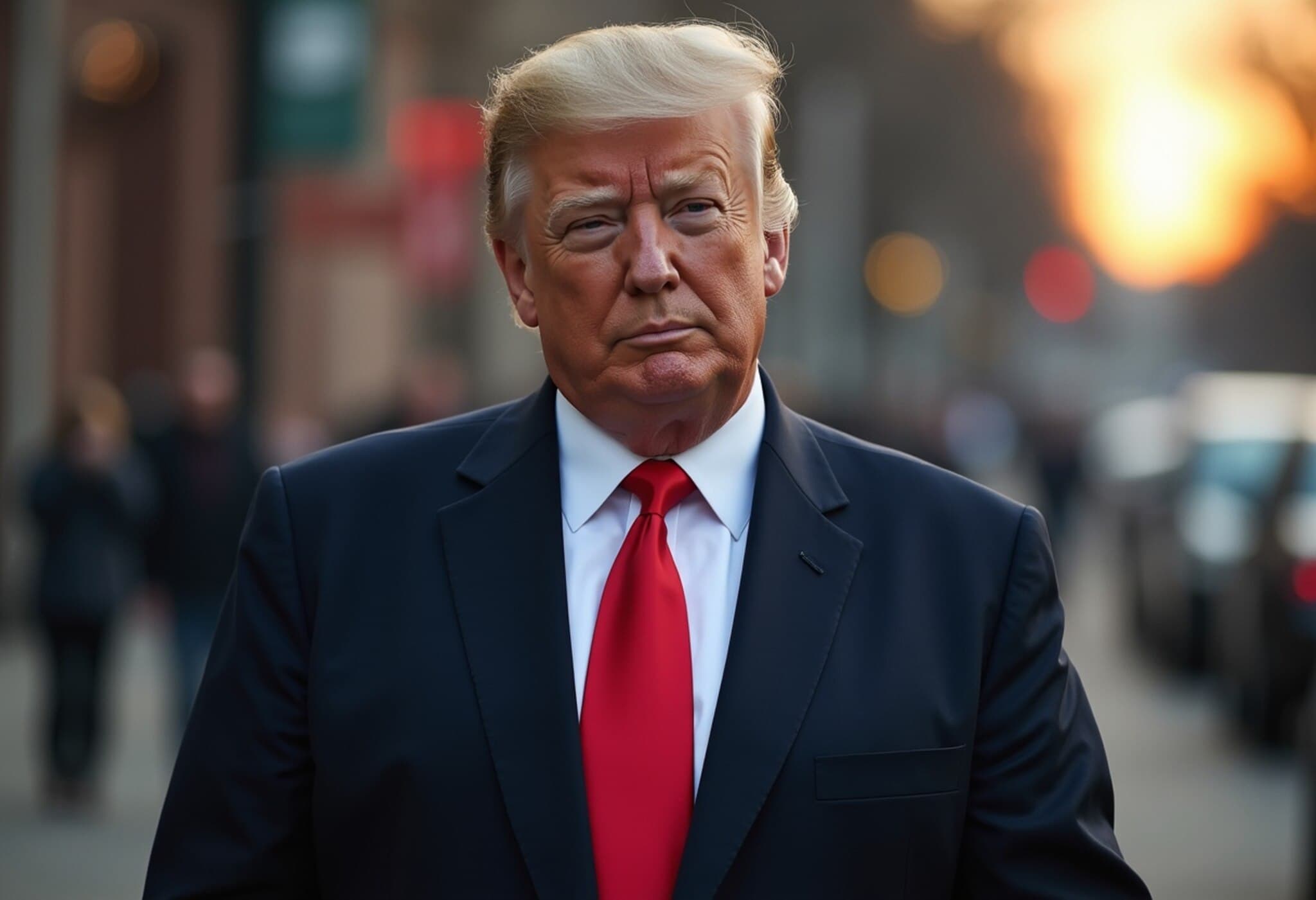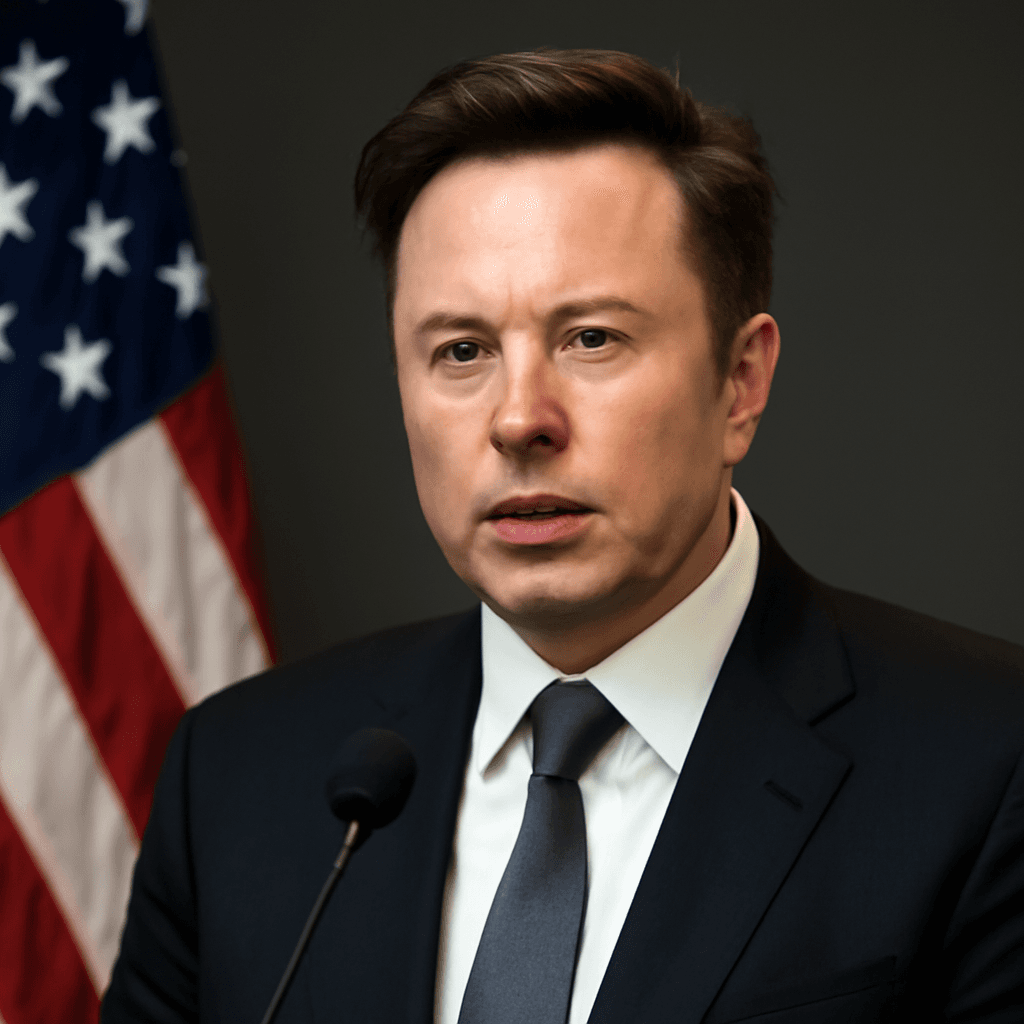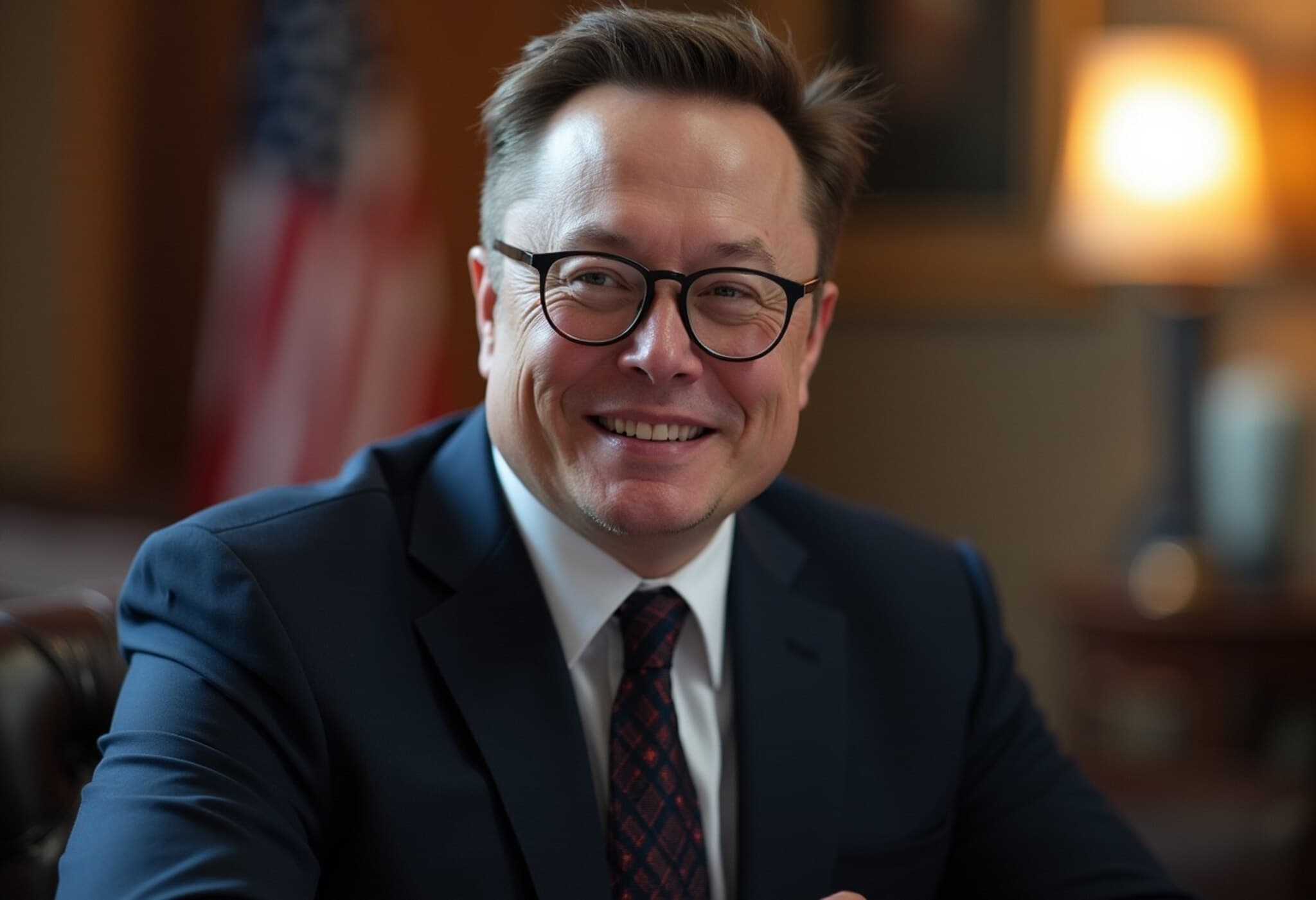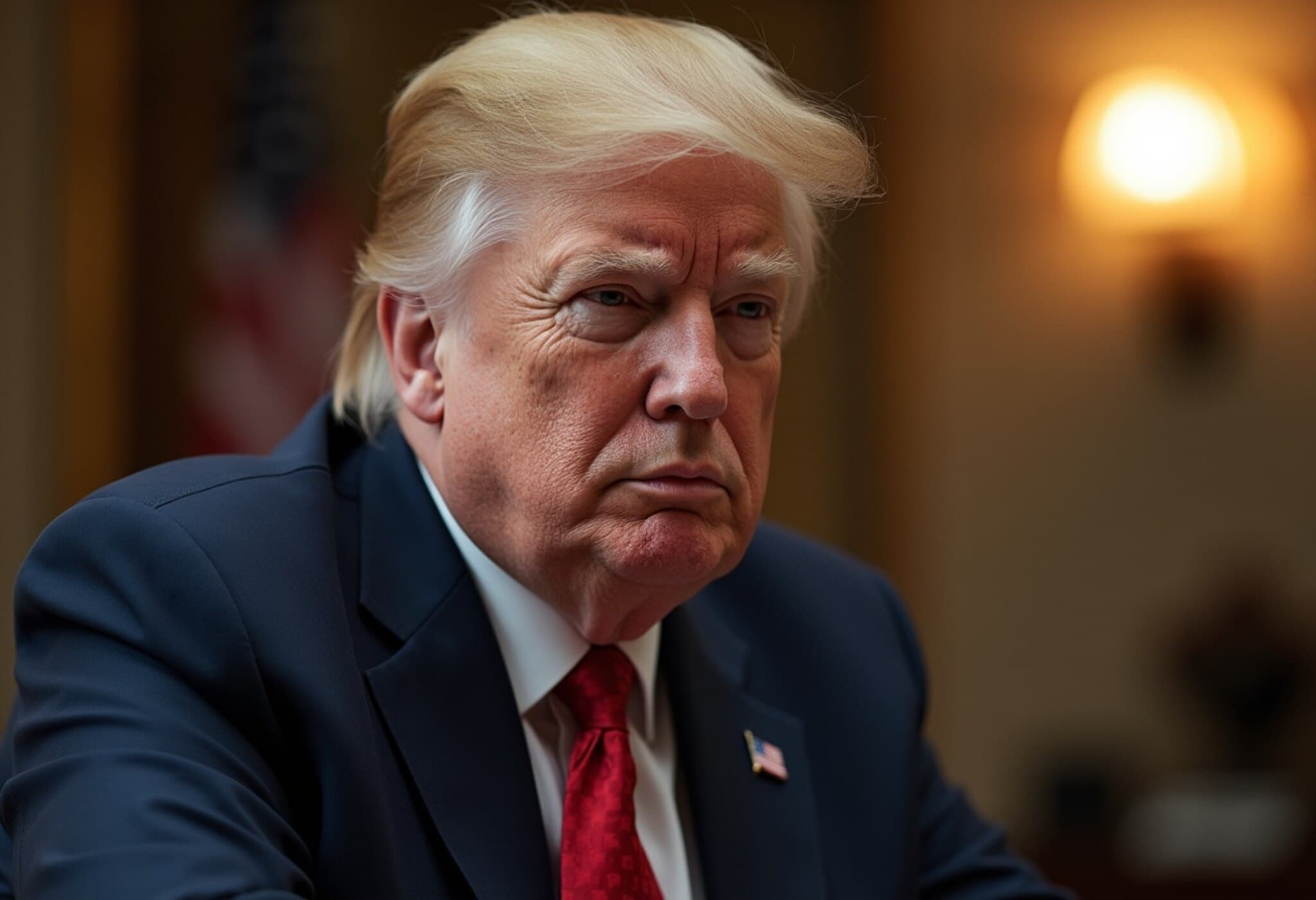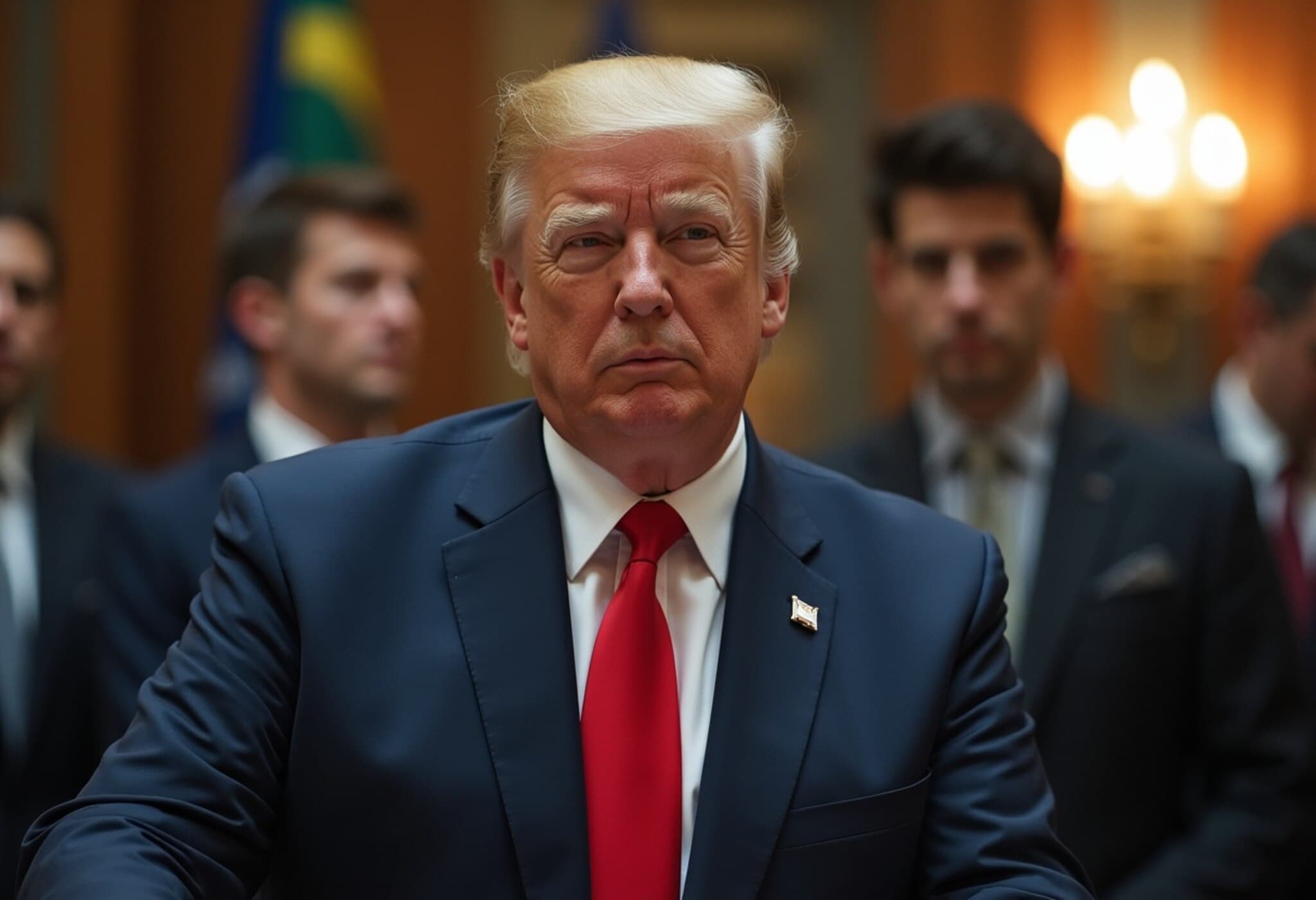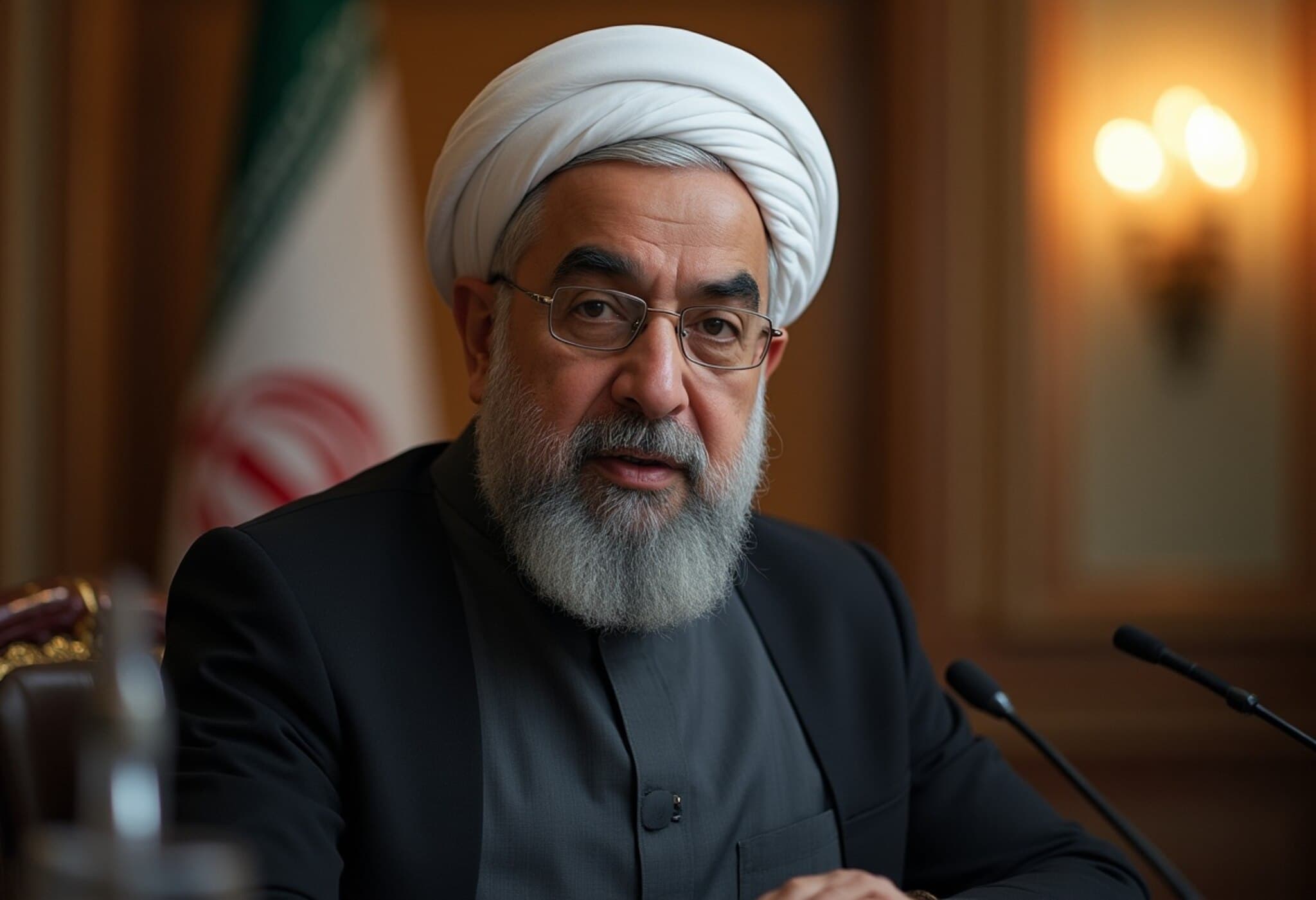Why Donald Trump’s Good-Looking Cabinet Can’t Stop Him from Looking Bad
In the relentless swirl of political drama that defines Donald Trump’s presidency, one might assume that assembling a charismatic, visually appealing cabinet would help polish the administration’s public image. Yet, the reality unfolding in the corridors of power tells a far different story. Despite a roster of high-profile figures who might turn heads, the Trump administration continues to grapple publicly with missteps, misinformation, and internal discord that ultimately reflect poorly on the president himself.
When Optics Overshadow Competence
President Trump’s choice to prioritize style and loyalty over seasoned expertise has not translated into smoother governance. This became glaringly apparent during a recent White House lunch with African leaders, where Trump’s interaction with New York Times correspondent Shawn McCreesh exposed a striking disconnect between the president and his own administration’s actions.
For instance, Trump was caught off-guard when asked about the decision to pause weapons shipments to Ukraine amid Russia’s ongoing aggression. His initial defensive and confused responses revealed he wasn’t briefed on such a consequential decision. In fact, Pentagon official Pete Hegseth had authorized the pause without informing Trump or key officials like Senator Marco Rubio.
Loyalty at the Cost of Transparency
Experts and insiders have noted a troubling culture of rigid loyalty tests within the administration. As detailed in the new book 2024: How Trump Retook the White House and the Democrats Lost America by Josh Dawsey and colleagues, Trump’s team aggressively filtered out candidates who ever voiced criticism, favoring yes-men and women over critical thinkers.
This approach has bred a cabinet that often withholds uncomfortable truths from the president or makes decisions without his knowledge, a paradox given the expectation of absolute loyalty. Such dynamics undermine effective governance and deepen the administration’s vulnerability to embarrassments.
Case Studies in Cabinet Mismanagement
- Homeland Security: Kirsti Noem’s allegiance to Trump did not translate into preparedness. Since assuming leadership, she’s pushed to reduce the Federal Emergency Management Agency’s (FEMA) budget, including imposing bureaucratic hurdles for grants exceeding $100,000, an amount minuscule relative to the agency’s multimillion-dollar disaster expenses. This austerity has had tangible consequences — FEMA failed to answer nearly two-thirds of disaster hotline calls owing to dismissal of call center contractors. The slow federal response to serious flooding in Texas further spotlighted these shortcomings.
- Justice Department and Conspiracy Fallout: Attorney General Pam Bondi’s handling of the Jeffrey Epstein affair sparked outrage among Trump’s base after the department dismissed calls for further investigation. The fallout saw prominent figures within the right-wing sphere, including Laura Loomer, demanding Bondi’s resignation. Mixed signals and accusations of leaking sensitive information have only fueled conspiracy theories, detracting from the administration’s credibility.
- Agriculture and Beyond: Agriculture Secretary Brooke Rollins made waves by suggesting Medicaid recipients could substitute for deported farmworkers, an oversimplistic and controversial stance that underlines a lack of nuance in policy discourse. Adding to the administration’s unconventional casting, former reality TV personality Sean Duffy oversees both transportation and NASA, raising eyebrows about experience.
Expert Insight: Why Looks Aren’t Enough
From a policy analyst’s perspective, the Trump cabinet exemplifies the risks of valuing optics over expertise. Effective governance demands a blend of competence, transparent communication, and strategic foresight — qualities not guaranteed by appearances or unwavering loyalty. The current administration’s internal contradictions, delayed crisis responses, and public confusion underscore this gap.
Moreover, these dynamics not only affect domestic governance but also have repercussions on America’s standing in global affairs, as allies and adversaries alike watch how decisions on critical issues such as Ukraine arms support unfold.
Conclusion: Leadership Beyond the Surface
Choosing a cabinet based primarily on loyalty and charisma may offer short-term political advantages, but it risks long-term damage to governance and public trust. The Trump administration’s recent episodes reveal a troubling disconnect between image and substance, raising urgent questions about the true cost of style over substance in leadership.

